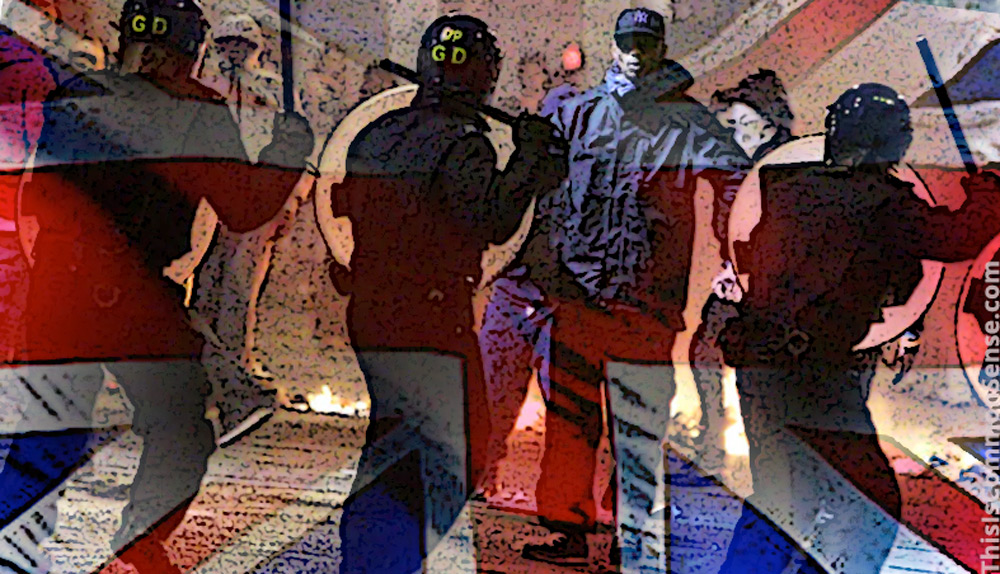Just how awful are Americans? Racist and sexist “hate crimes” are all said to have ramped up since the election of Donald Trump.
Wilfred Reilly took a close look, in Quillette, at the hate crime cases in Seattle, which had been reported as having increased “by 400 percent since 2012.” What he discovered throws cold water on the heated assertions. It turns out that “most of the situations contained in the 500-plus documented incidents for 2018 turned out not to be hate crimes at all.”
As you might expect, defining “hate crime” isn’t easy, and Seattle has “remarkably broad municipal hate-crime policies” which go far beyond “attacks motivated by racial or sexual animus.” Crimes relating to issues such as “marital status, political ideology, age and parental status” also count.
But for there to be a “hate crime” there must first be a crime. Looking for the “archetypal Seattle hate incident” in the data, what Wilfred Reilly found was “a mentally ill homeless man yelling slurs at someone.” What this really suggests is that Seattle has a homelessness problem.
Which it does.
Behind the panic? We see mis-reporting, based on a need for generating clicks, as well as mis-perceptions, often based on availability bias — where we judge trends by a few ready-at-hand examples, not with careful attention to full data sets.
The Quillette article does not discuss a more ominous possibility, where some folks yearn for the worst, the better to hate their political opponents. Though Reilly addresses this sort of hate-generated “hate crime” panic in his book, Hate Crime Hoax: How the Left is Selling a Fake Race War, published earlier this year.
This is Common Sense. I’m Paul Jacob

—
See all recent commentary
(simplified and organized)










